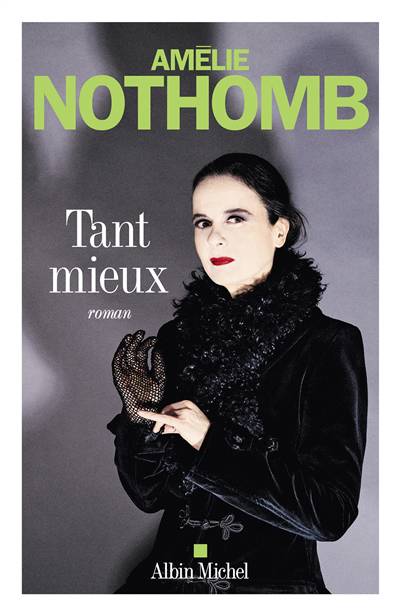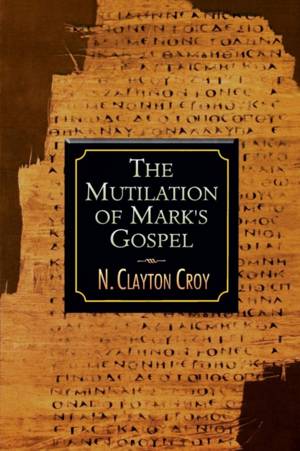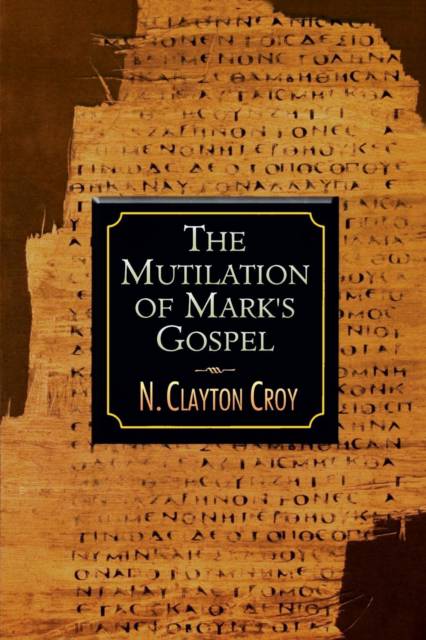
- Retrait gratuit dans votre magasin Club
- 7.000.000 titres dans notre catalogue
- Payer en toute sécurité
- Toujours un magasin près de chez vous
- Retrait gratuit dans votre magasin Club
- 7.000.0000 titres dans notre catalogue
- Payer en toute sécurité
- Toujours un magasin près de chez vous
Description
This book theorizes that there was probably more to both the beginning and the ending of Mark's Gospel than we currently have in our Bible. It was once the consensus of scholars that Mark lacked its ending. Croy asks why scholarly opinions changed on this question during the late 20th century and whether earlier scholars may in fact have been correct. In short, this book has the potential to re-open a major debate in Markan studies. Beyond scholarly interest in the original extent of the Gospel text, there are implications for our understanding of Markan theology. If a conclusion has been lost, Mark may not be as negative in his portrayal of the disciples as we now assume. The credibility of the disciples - and Jesus' own credibility - also may have been rehabilitated by the original ending. Croy urges that we should not assume that post-resurrection appearance stories were unimportant to Mark or that Mark's theology of suffering would be incompatible with a triumphant outcome. The challenge to the scholarly consensus will be of interest to academics; the theological implications will make the book useful in seminary classes on the Gospels. The author's demonstration of the connection between the social context of biblical research and our ways of reading the Gospel is important for theological education in general. Readers will also benefit from an awareness of the process by which we have received the texts printed in our Bibles.
Spécifications
Parties prenantes
- Auteur(s) :
- Editeur:
Contenu
- Nombre de pages :
- 208
- Langue:
- Anglais
Caractéristiques
- EAN:
- 9780687052936
- Date de parution :
- 01-04-03
- Format:
- Livre broché
- Format numérique:
- Trade paperback (VS)
- Dimensions :
- 153 mm x 227 mm
- Poids :
- 371 g

Les avis
Nous publions uniquement les avis qui respectent les conditions requises. Consultez nos conditions pour les avis.






